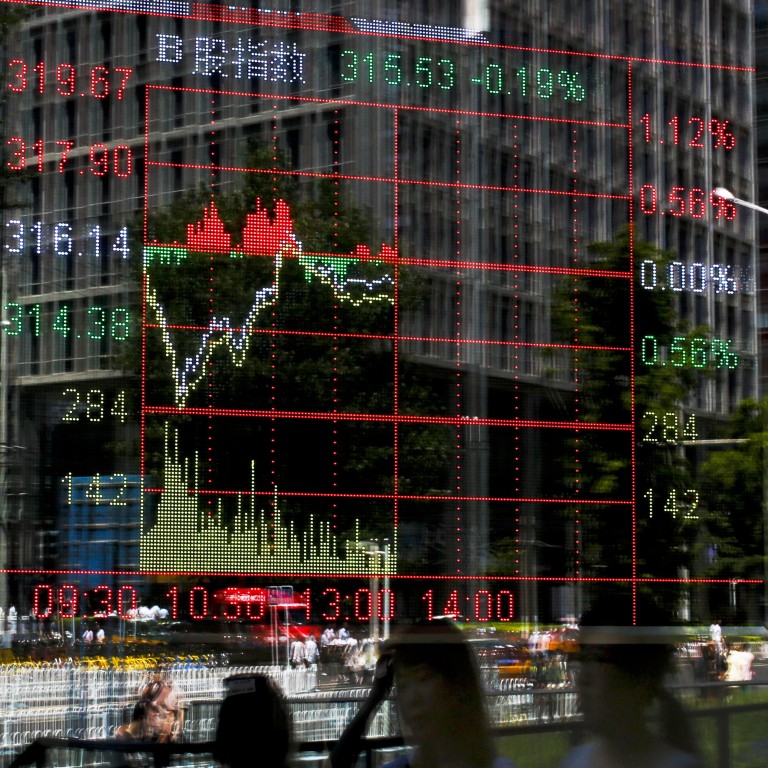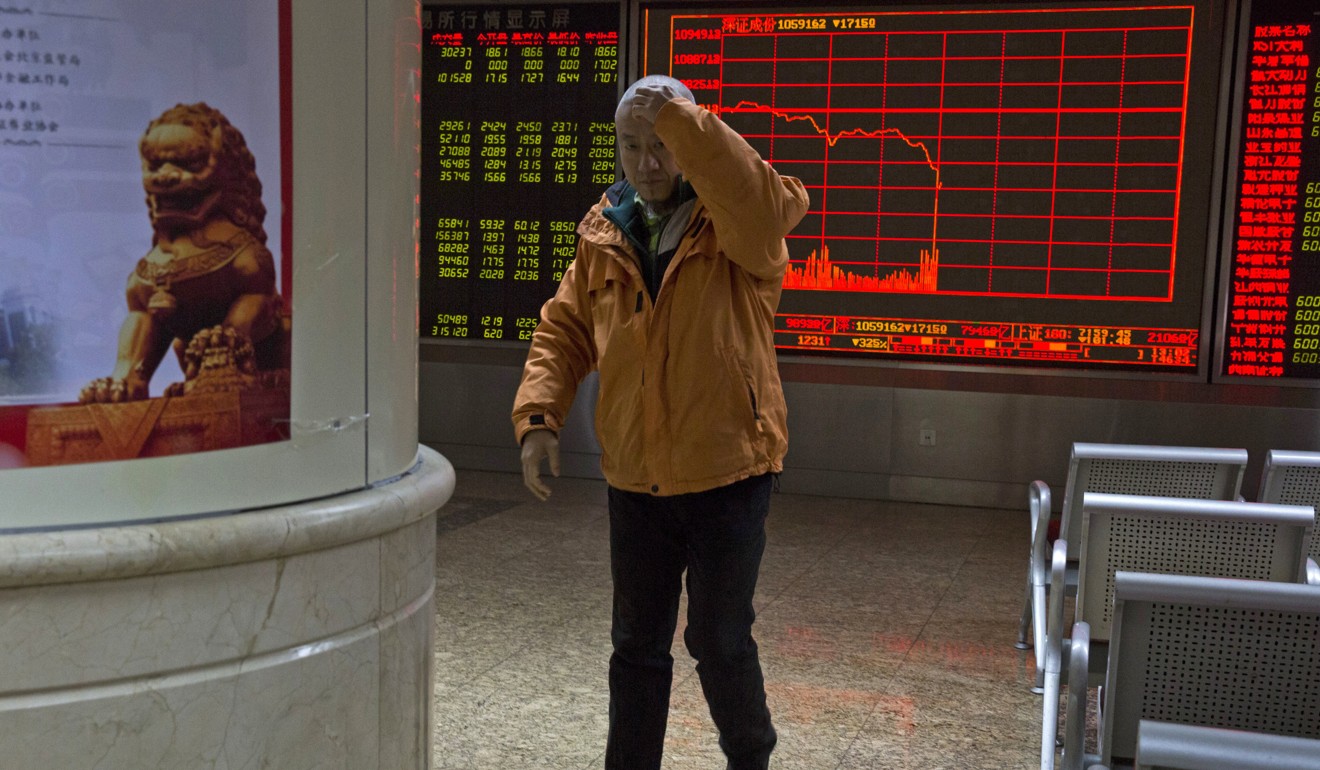
China unveils trading rules for new hi-tech board, paving way for bold new market to compete with New York, Hong Kong
- Beijing will allow unprofitable tech firms, including pre-revenue biotech start-ups, to list shares on its much anticipated Technology Innovation Board
- China’s top leaders ‘resolute in supporting more technology firms’, analysts say
Investors had their first glimpse into how China’s new hi-tech board on the Shanghai Stock Exchange will function on Wednesday after regulators unveiled detailed listing requirements and trading rules that show it will incorporate innovative approaches already adapted by bourses in Hong Kong and New York.
Beijing will allow unprofitable tech firms, including pre-revenue biotech start-ups, to list on its Technology Innovation Board, according to statements published by the China Securities Regulatory Commission and the Shanghai Stock Exchange on Wednesday evening.
Foreign-funded mainland companies using the variable interest entities (VIE) structures are also welcome through the issuance of Chinese depositary receipts (CDR), giving the Shanghai bourse an edge in attracting promising companies looking to raise capital for future growth.
Companies with a dual-class shareholding structure will also be allowed to conduct fundraising on the much anticipated trading venue.

The rules give the Shanghai bourse greater freedom to attract promising technology start-ups, amid growing competition from rival exchanges including Hong Kong.
“The rules show that mainland regulators are resolute in supporting more technology firms as a way of spurring economic development,” said Ivan Li, an asset manager with Loyal Wealth Management. “The rules make it technically viable for the Shanghai exchange to compete against Hong Kong and New York to draw Chinese tech firms to list.”
The new board aims to attract a wide range of technology firms in different development stages, the Shanghai exchange said at a media briefing after the market close.
Among the key differences with established markets in China, the technology and innovation board will offer firms preferential listing thresholds to help stem the exodus of tech listings.
For example, companies that report profit of 50 million yuan (US$7.4 million) on aggregate in the previous two years and have a capitalisation of no less than 1 billion yuan (US$149 million) will qualify to apply for an IPO on the new board.
Unprofitable companies that have a minimum of 300 million yuan ($US44.6 million) of sales in the previous year are also eligible to file an IPO application.
Pre-revenue biotech firms that have a market value of at least 4 billion yuan (US$595.5 million) are also eligible if they obtain licences from the national drug authorities.
The exchange did not disclose the launch date for the new board, but said that the trading system would be technically ready before the end of June 2019.
Hong Kong and New York used to enjoy advantages over exchanges in Shanghai and Shenzhen, where companies had to pass stricter regulatory criteria to gain listing approval.
Under the CDR system, part of a firm’s shares are transferred to a custodian bank, which sells them on an exchange abroad.
The new board will mark the first time that a mainland exchange has adopted a registration-based IPO mechanism to facilitate companies’ fundraising.
Under the registration-based IPO system, regulators will relinquish their responsibilities in assessing the applicants’ earnings potential.
The Shanghai exchange will review IPO applications, conducting a careful screening on earnings and operations before granting share listing approvals.

The new board will allow shares to rise or fall by a maximum of 20 per cent on any single trading day.
Shares listed in Shanghai and Shenzhen are capped at a daily maximum of 10 per cent before a trading halt is triggered.
Mainland retail investors seeking access to the new board will need to show that they have at least 500,000 yuan (US$74,442) in investment capital and two years of equity trading experience.
“The board is designed to be an important fundraising platform for the mainland’s big and small technology companies, but the regulator will take a go-slow approach initially since the stock market remains weak,” said Zhou Ling, a fund manager with Shanghai Shiva Investment. “After all, a flood of new IPOs will dilute existing holdings and knock the market down.”
The benchmark Shanghai Composite Index slumped 24.6 per cent in 2018. The index has risen 3.3 per cent so far this year, ending Wednesday’s session 0.7 per cent lower at 2,575.58.

